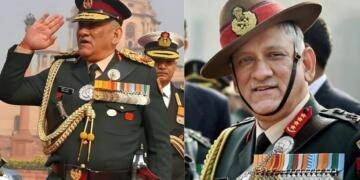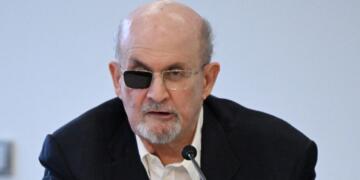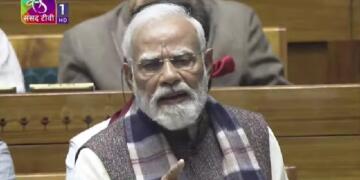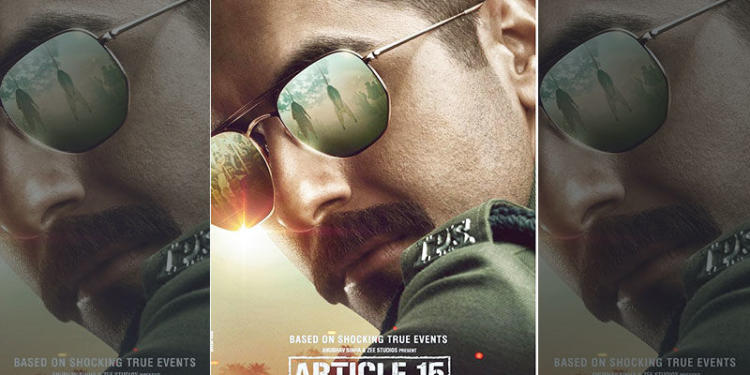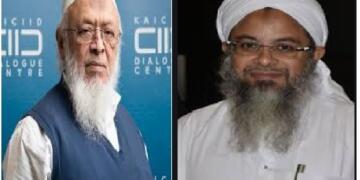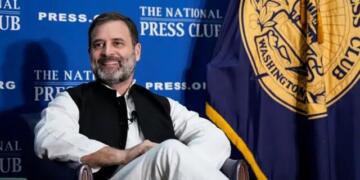The Badaun gangrape case is without any doubt a matter of shame for all of us as Indians. However, the way it has been caricatured into an upper caste problem, and upper caste villains deliberately inserted into the same, as done by Anubhav Sinha through Article 15 is something that is not only atrocious, but unpardonable.
Even if Brahmins and Kshatriya are not involved, you have to deliberately drag them into the adaptation of Badaun rape case. The main convict in Article 15 is Manoj Pahwa’s character, Brahmanand Singh, who kills Anshu Naharia, in order to cover up his tracks.
Brahmins are held responsible and mocked for cases like Una flogging case according to Article 15. People like Chandrasekhar Ravan are glorified as revolutionaries in this movie.
In light of the distorted narrative peddled by Anubhav Sinha in Article 15, it becomes pertinent to look into the details of the case and whether the charges the movie directly or indirectly makes are warranted or just the imagination of a director hell bent on portraying a community in bad light.
The case:
5 years ago, on May 26th, 2014, 2 girls (cousins) went missing from their home in Badaun in UP’s Katra village. There are different theories as to how the girls went missing. The first says that they went to use the fields for washroom purposes, for lack of one in their home. The other one says that the girls’ uncle heard their screams and when he went to investigate, the perpetrator threatened him with a pistol, so he ran away. Nevertheless, the commonality between the situations was the refusal of the police to register a complaint or help search the girls in the night, and the family members were told to come in the morning. In the morning the girls were found hanging from a tree, about a kilometer from the house.
Initial investigation suggested that the girls had been gang-raped, and had died of strangulation. On May 29th, Badaun’s Superintendent of Police Man Singh Chouhan said that the post-mortem report found that the girls were raped and had been hung while they were still alive.
On June 1, the three accused in the Badaun case, Pappu Yadav, Awdesh Yadav, and Urvesh Yadav, were arrested who admitted to raping and killing the girls. The older of the two girls, was allegedly having an affair with the 20 year old Pappu Yadav and had contacted him over 400 times on the phone in the past year. According to some eyewitnesses, the girls were last seen with him. Two police officers were also held on suspicion of attempting to cover up the killings and were charged with criminal conspiracy.
On June 6th, CBI filed an FIR in Badaun case and began conducting an investigation into the case, and came up with their own theories.
On 8 June, Uttar Pradesh Director General of Police A. L. Banerjee said, “According to the postmortem report of the deceased, one of the girls was not raped and it appears to be a case of honor killing. We are probing the matter”. On June 12, Banerjee said, the girls were strangled to death and the accused could be innocent. He introduced a new angle in the story and tried to establish that the death of the girls may have been due to inherence issues. He said, “Of the two victims, one was the lone child of her parents. Her father is one of three brothers with limited resources and if she was not alive, it could benefit others”.
This was widely viewed by the family members of the victims, the media and the activists as an attempt to cover up the case. The SP government did not want the world to know about the sorry state of affairs in UP with regards to women security and hence was trying to twist the story. It was also seen as an attempt to try and shield the perpetrators by the powerful Yadav politicians, who belonged to the same caste. The girls belonged to the Dalit caste, which is considered low caste and hence accusations were hurled at the police for not taking the case seriously.
On November 27, 2014, after 5 months of probe, the CBI reached the conclusion that the girls committed suicide because the older girl was having an affair with Pappu Yadav. On 11 December 2014, CBI concluded that the girls were not raped and murdered; instead it was a case of honour suicide.
On February 5, CBI submitted its “closure report” in a POCSO (Protection Of Children Against Sexual Offences) court. The court rejected CBI’s report, mainly because CBI had failed to answer some glaring obviousness in the case, such as, how had the girls managed to hang themselves without external effort and why had the post mortem report stated that the girls were raped?
The Anubhav Sinha directed Article 15, however, chooses to vilify Upper castes even though the investigation reports have mentioned no such aspects. The movie, Article 15, subtly tries to put the blame of the incident on the upper castes and leaves no stone unturned to hammer this point home.



